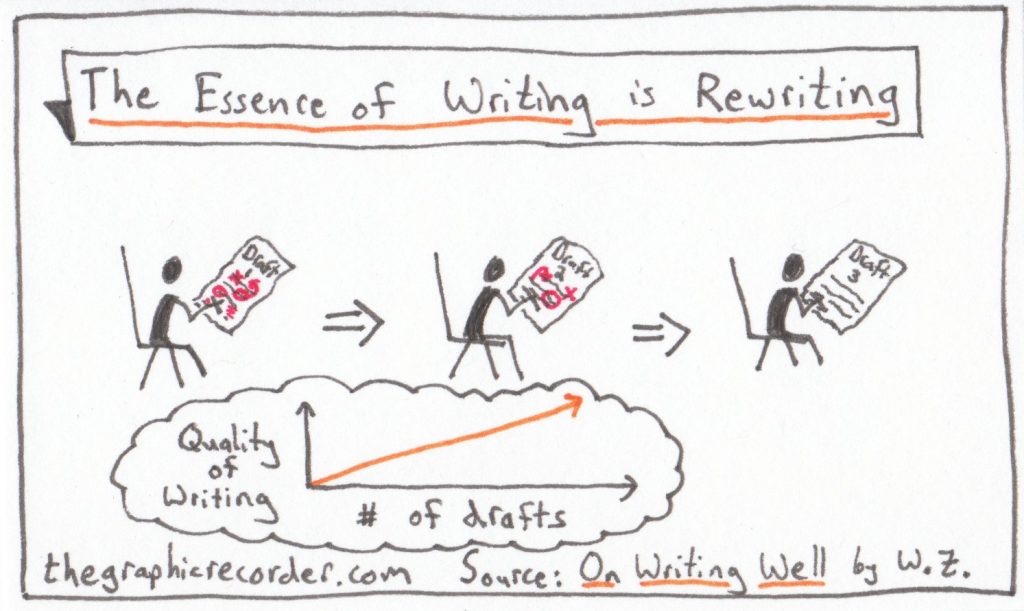How To Rewrite A Film Script

Learn How To Rewrite A Film Script…
Once you’ve finished your script you might feel like your work is done, however nothing could be further from the truth. Now you have the joy of rewriting to look forward to!
The vast majority of film scripts go through a good half-dozen rewrites before they are accepted by a producer. It can be deflating to show a trusted friend a finished script only for them to send it back to you with various scribbles over the pages with corrections, pointing out plot holes and the like. So much so that you wish you’d never bothered.
Take heart though because every script goes through numerous rewrites before they are in a fit state to be sold and produced. To be successful, you MUST learn How To Rewrite A Film Script
When you begin your rewrite there are two things you should be looking to do, zoom in and spread out.
Zoom In
As the phrase suggests you need to look at every single scene heading, action and piece of dialogue and make sure that they all make sense, tie into each other and are as short yet descriptive as possible.
If you have found someone to read through your script ask them to make notes of any passage (preferably written on the script itself) of places where they felt lost or didn’t understand exactly what was going on. While it’s fine to have mystery in a script you never want confusion as confusion leads to rejections.
In terms of tying all the scenes together you may find parts or even entire scenes which aren’t necessary in telling the story and can be taken out of the script or rewritten to work into other scenes.
You also will want to cut out any waffle or ramblings in your action and dialogue. Scriptwriting is very much a case of “why use two words when one will do?”. Keep it all neat and trim, whoever reads your script will thank you for not having to read through a paragraph of location description. This will improve your chances of your script being read all the way through and, as a result, purchased.
Spread Out
This relates to backstory and dialogue. Occasionally I come across a script where the writer seems to realise the importance of backstory but not how to ease it into the script. This results in a tedious ten minute bar scene where the main character blasts through his entire life story up to that point. It breaks the flow of the story. It is fine to write this sort of scene in the first draft of your script, it records important character information which you can use in the rewrite in a more effective manner.
For example if your main character is a divorced father of two he doesn’t even need to talk about it for you to be able to get that point across clearly to the audience. He could open up his wallet to pay for a drink after work revealing a picture of two children and then head home to a small, empty apartment. This effectively shows the audience that the character has two children yet no reason to rush home and live alone. The audience will put the facts together and put the situation together without you ever having to tell them.
Show don’t tell.
Now you know How To Rewrite A Film Script…



I now have three film scripts.One of which was bought at reasonably good price. Thank you for the insight of writing good scripts.Amen.